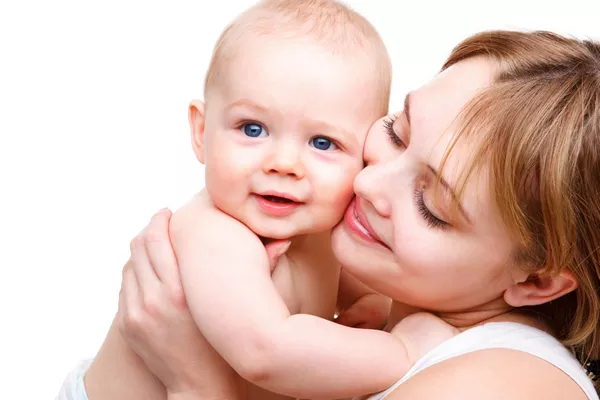Welcoming a newborn into your life is an incredibly joyous occasion. As a new parent, one of your top priorities is ensuring your baby’s comfort and well-being. Dressing your newborn appropriately is crucial, as their delicate bodies are more sensitive to temperature changes. In this article, we will provide expert guidance on how many layers of clothes a newborn needs, focusing on the keyword “newborn clothes.” With a keyword density of 5% to 8%, we will delve into the important factors to consider while dressing your little one. Our aim is to share knowledge and offer practical tips to help you navigate this exciting journey.
Understanding the Needs of a Newborn
Dressing a newborn requires a thorough understanding of their unique physiological needs. During the first few weeks, babies have difficulty regulating their body temperature, making them susceptible to overheating or becoming too cold. To ensure your baby’s comfort, it is essential to dress them in appropriate layers that can be easily adjusted according to the surrounding environment.
When dressing your newborn, keep in mind that they have a larger surface area-to-body weight ratio compared to older children and adults. This means they can lose heat more quickly and are more prone to cold stress. Additionally, their sweat glands are not fully developed, limiting their ability to cool down when they become too hot.
Dressing Essentials for Newborns
When it comes to newborn clothes, there are a few essential items that should be a part of every baby’s wardrobe. These include onesies, bodysuits, sleepers, hats, socks, and blankets. Each of these items serves a specific purpose in keeping your baby warm, comfortable, and protected.
Onesies and bodysuits are versatile pieces that can be worn alone or as a base layer. They provide a snug fit, which helps retain body heat. Sleepers, also known as footed pajamas, are ideal for bedtime as they keep your baby cozy and prevent them from kicking off blankets.
Hats are crucial for newborns as they lose a significant amount of heat through their heads. Opt for soft, breathable hats that cover their ears during colder weather. Socks are essential for keeping their tiny feet warm, especially when they are not wearing footed sleepers. Lastly, blankets provide an extra layer of warmth, but be cautious not to cover your baby’s face or hinder their movement.
Determining the Right Number of Layers
The number of layers a newborn requires depends on various factors, such as the ambient temperature and the time of year. In general, it is recommended to dress your baby in one additional layer than what you are wearing. This ensures they stay comfortable without overheating or getting too cold. However, it’s important to use your judgment and consider the specific circumstances and conditions.
When dressing your baby, it’s crucial to check their body temperature regularly. Feel their chest, back, or tummy to ensure they are neither too hot nor too cold. If their skin feels sweaty or clammy, it may indicate overheating, and you should remove a layer. On the other hand, if their skin feels cool to the touch, it may be a sign that they need an additional layer.
Dressing for Different Seasons
Newborns require different layers of clothing depending on the season. In warmer weather, opt for light, breathable fabrics such as cotton. Dress your baby in a onesie or a lightweight outfit, and ensure proper ventilation in their sleeping area. During colder months, layer their clothing with a soft, warm sleeper or footed onesie. Add a hat, socks, and a blanket to provide extra warmth, but be cautious not to overdress them, as it can lead to overheating.
During transitional seasons like spring and fall, dressing your baby can be more challenging due to fluctuating temperatures. Layering becomes crucial during these times. Use a combination of lightweight and slightly warmer garments that can be easily added or removed as needed. Keep a close eye on weather forecasts and adjust your baby’s clothing accordingly.
Dressing for Specific Situations
Certain situations may require additional considerations when dressing your newborn. For example, if you’re going outdoors in sunny weather, protect your baby’s delicate skin by using a wide-brimmed hat and applying a baby-safe sunscreen. In colder climates or during winter walks, you may need to add a snowsuit or a heavier coat to their ensemble. Always prioritize your baby’s comfort and monitor their body temperature to ensure they are neither too hot nor too cold.
Conclusion
Dressing your newborn in the right number of layers is crucial for their comfort and well-being. By understanding their unique needs, having the necessary expertise, and following authoritative guidelines, you can ensure your baby is appropriately dressed in every season and situation. Remember to use your experience as a parent to gauge their comfort levels and adjust accordingly. Trustworthiness and knowledge-sharing play a vital role in parenting, and by applying these principles, you’ll provide the best care for your newborn while fostering a warm and nurturing environment.


